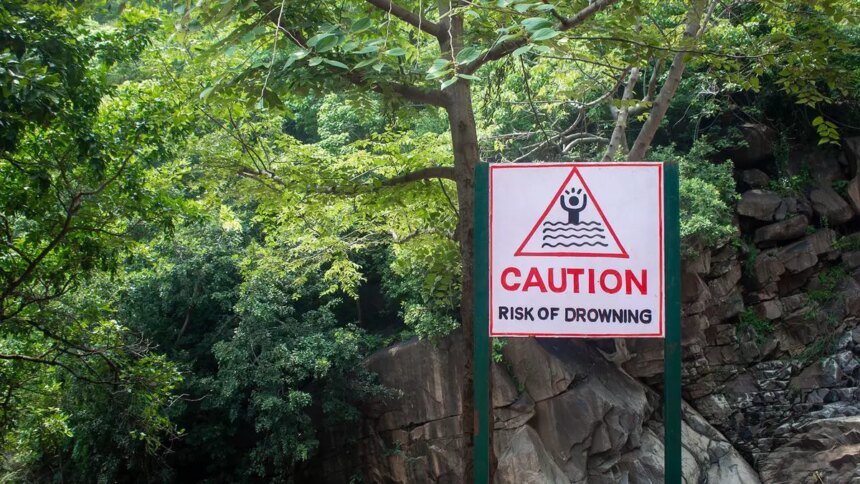Drowning is a global public health issue that continues to claim hundreds of thousands of lives each year, with more than 30 people estimated to drown every hour. While there has been a 38 per cent drop in global drowning death rates since 2000, the progress has been uneven, with most drowning deaths occurring in low- and middle-income countries.
The World Health Organization’s first-ever report on drowning prevention highlights the need for urgent action to address this preventable cause of death. Children, especially those under five years old, are at high risk of drowning, particularly when left unsupervised. The report emphasizes the importance of installing barriers to prevent child access to water and providing training in rescue and resuscitation techniques.
Despite significant progress in some regions, such as the WHO European region, which saw a 68 per cent drop in drowning death rates, other regions, like the WHO African region, have seen minimal improvement. This disparity may be attributed to varying levels of national commitment to addressing the issue.
To continue the downward trend in drowning deaths and prevent unnecessary loss of life, it is crucial for governments, organizations, and communities to prioritize drowning prevention efforts. By raising awareness, implementing safety measures, and promoting water safety education, we can work towards further reducing the global burden of drowning.
In conclusion, while progress has been made in reducing drowning deaths, there is still much work to be done to make water environments safer for everyone. By working together and taking concrete actions, we can prevent unnecessary tragedies and save lives.










